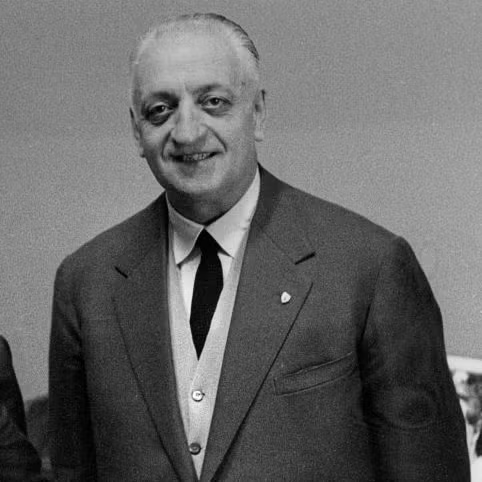Session-13_Introduction_to_Aerodynamics_Part_.pptx
Introduction to Aerodynamics
Aerodynamics are for people who can't build engines
— Enzo Ferrari
This quote by Enzo Ferrari, the legendary Italian automotive engineer and founder of Ferrari, reflects his strong belief in the power of engine performance over the shaping of a vehicle for air resistance. While it's a bold and somewhat provocative statement, it underscores an era where brute engine force was considered more crucial than aerodynamic refinement.
Introduction
Aerodynamics is a branch of physics that deals with the movement of air around objects. It is essential in understanding how various objects like airplanes, birds, and even vehicles interact with air to achieve motion. This lesson builds a foundational understanding of how air behaves, how it impacts motion, and how smart design can make things move better through air.
Prerequisite Knowledge
- Basic understanding of motion and forces (push and pull).
- Awareness of natural objects that fly, such as birds and leaves.
- Familiarity with real-world transport (cars, planes, cycles).
Learning Objectives
- Define aerodynamics and explain its significance.
- Understand the concept of air resistance and streamlining.
- Identify real-life examples where aerodynamic design is used.
- Experience how air pressure can create lift through activity.
Tools & Materials Required
- Paper strips (2 cm x 15 cm)
- Markers and pens for demonstration
- Whiteboard and projector for visuals
- Images or models of cars, birds, and airplanes
Content
Aerodynamics plays a critical role in making motion through air efficient and controlled. Everything that moves in air, from a speeding car to a flying kite, interacts with the air. The way an object is shaped determines how easily air flows around it. Smooth, rounded designs are called 'streamlined' and they help reduce air resistance (drag), making motion more efficient.
Key concepts introduced include air resistance (also known as drag), streamlining, and airflow. Air behaves like a fluid – it can push, pull, and generate pressure. Even though it's invisible, air is a powerful medium that influences speed, energy use, and stability during flight or motion.
Step-by-Step Procedure
- Let’s Think about a bird flying in the sky. Have you ever wondered how it stays up there without falling? Or how airplanes carry hundreds of people across the world? These are all examples of aerodynamics in action.
- Aerodynamics is the study of how air moves around objects. It’s what allows birds to glide, planes to soar, and even why sports cars look sleek and low to the ground.
- Even though you can't see air, it’s always around you. Move your hand quickly through the air — can you feel that push? That’s air resistance, and it affects everything that moves through the air.
- Imagine riding a bicycle. When you pedal fast, you feel the wind pushing against you. That’s called drag. Now, think of a cyclist bending low to cut through the wind — that’s aerodynamics helping them move faster.
- Cars and trains are designed with smooth, rounded fronts. This helps them move through air easily and use less fuel. Birds have narrow, curved wings for the same reason — to fly smoothly without much resistance.
- Now, let’s compare a teardrop shape with a box shape. Which do you think moves better through air? The teardrop is streamlined, meaning air flows easily around it.
- Smart design matters. Whether it’s in racing cars, airplanes, or even footballs, the way something is shaped decides how well it moves in the air.
- Time for a quick experiment: Take a paper strip (about 2 cm wide, 15 cm long), hold it near your lips, and blow gently over the top. You’ll see it lift! That’s aerodynamics at work — fast-moving air creates lower pressure, which lifts the paper.
Activity: Let's Feel the Air
- Give each student a paper strip (2 cm x 15 cm).
- Instruct them to hold the strip near their lips, slightly pointing down.
- Ask them to gently blow over the top of the strip.
- They will observe the paper strip lift up due to lower air pressure above.
- Explain that this is how air can create lift – a key aerodynamic effect.

Outcome
- Students will understand the basic concept of aerodynamics.
- They will be able to explain how air resistance affects movement.
- They will observe how shape and airflow impact motion and lift.
- They will begin recognizing aerodynamic shapes in real life.
There are no comments for now.
